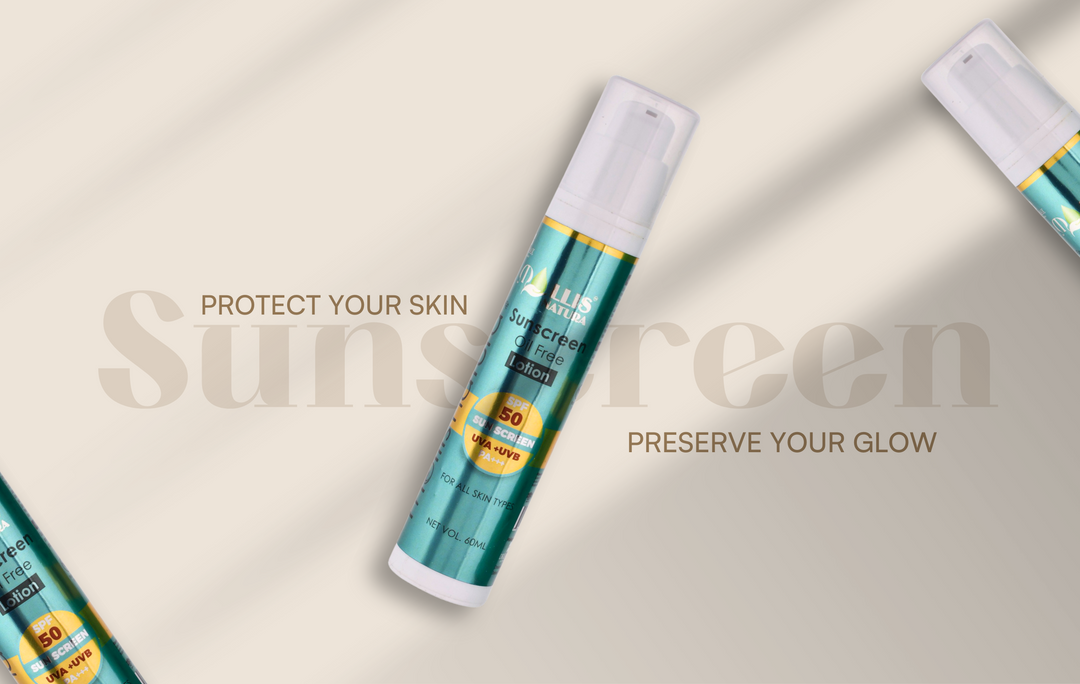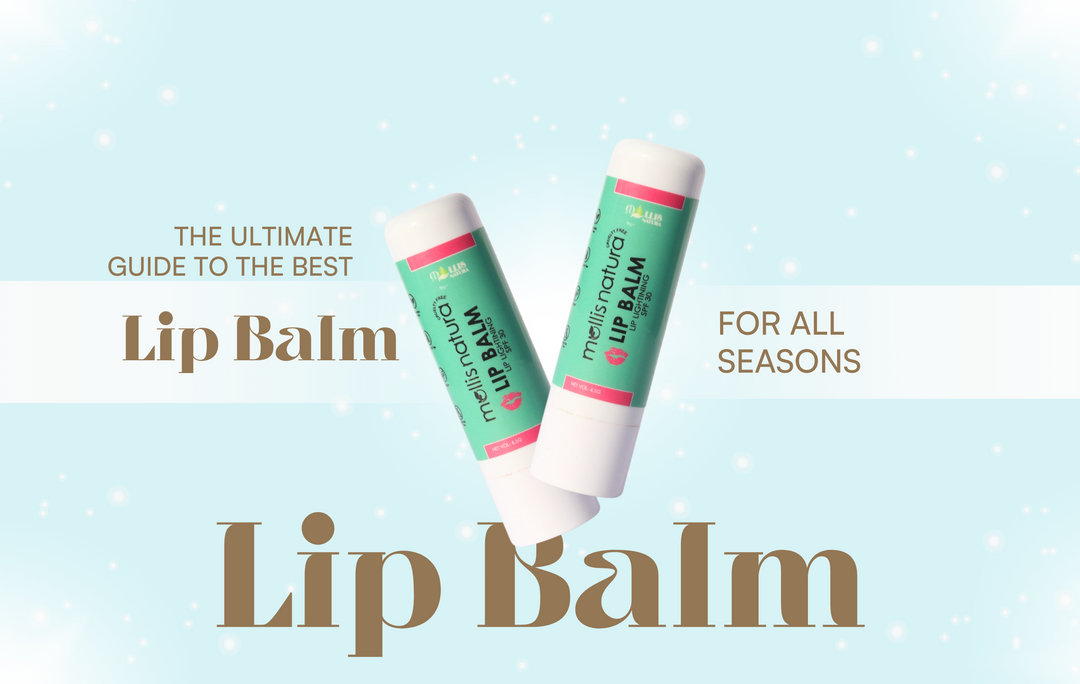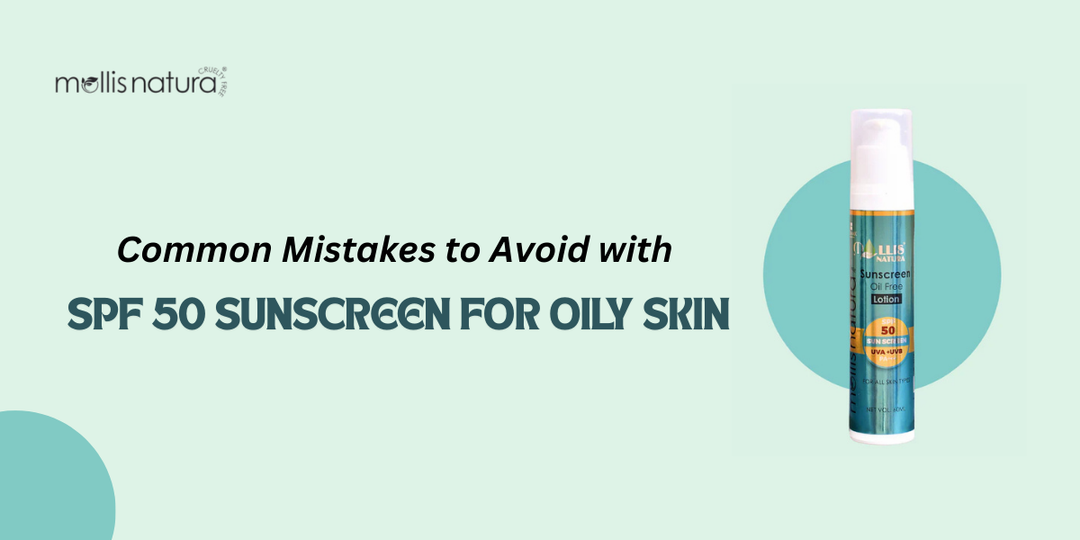Choosing the Right Sunscreen: SPF 30 vs SPF 50
In skin care, selecting the right sunscreen is crucial, and many people often discuss the differences between SPF 30 vs. SPF 50. With a wide range of options available, it’s important to understand the level of protection each provides. Many people assume that a higher SPF guarantees significantly better protection, but the reality is not so straightforward.
Knowing these differences can help you make a smart choice for effective sun protection that suits your needs. If you want the Best Sunscreen for Tanning, Mollis Natura has great options that protect your skin while helping you get a nice glow.
Understanding SPF
The Sun Protection Factor, or SPF, predicts how well a sunscreen blocks UVB rays, which are the source of sunburn. However, unless a product is marked as broad spectrum, SPF only protects against UVB rays, leaving skin vulnerable to UVA ones.
The PA rating, which stands for Protection Grade of UVA, indicates how well a sunscreen blocks UVA rays. PA+ ratings show the varying levels of protection the sunscreen provides. You can protect yourself from UVB and UVA rays by using a broad-spectrum sunscreen.
Key Differences Between SPF 30 and SPF 50
Although the difference between SPF 30 and SPF 50 might not seem like much at first, there are some crucial differences to take into account. About 97% of UVB rays are blocked by SPF 30 and 98% by SPF 50. This 1% difference might not seem like much, but for people with sensitive or fair skin, it can make all the difference.
If you are aware of this, you can choose your sun protection more wisely. For people with these skin types, SPF 50 can provide the extra protection that makes the difference between enjoying a pleasant day and suffering from a painful sunburn.
Buy- Sunscreen & Lip Balm Combo 🌟(Win ColdPlay Ticket)🌟
Factors to Consider When Choosing Between SPF 30 vs SPF 50
Consider your unique needs and situation when choosing between SPF 30 vs SPF 50. Several factors will influence your choice, including your skin type, the sunlight intensity in your area, and how long you plan to spend outdoors.
Skin Type
If you have fair skin, a history of skin disease, or are taking medications that increase sensitivity to sunlight, SPF 50 may provide better protection. For those with medium to darker skin tones who rarely burn, SPF 30 may be sufficient.
Activities
Consider your activities when choosing your SPF. If you’re planning to spend the day at the beach or engage in water sports, opt for a higher SPF, such as SPF 50. On the other hand, if you’re going for a quick walk or running activities, SPF 30 could be adequate.
Daily Use vs. Extended Exposure
SPF 30 is often sufficient for daily use, especially in urban environments with limited sun exposure. However, for outdoor enthusiasts or those spending significant time in the sun, opting for SPF 50 can provide extra peace of mind.
Broad Spectrum
Whether you choose SPF 30 or SPF 50, make sure your sunscreen is labeled “broad spectrum.” This means it protects against both UVB and UVA rays, which can contribute to skin aging and cancer.
Water Resistance
If you plan to swim or sweat, look for a water-resistant formula. Sunscreens are usually marked for either 40 or 80 minutes of water resistance.
Application Matters
The effectiveness of sunscreen isn't just about the SPF number. Proper application is crucial. The following advice will help you maximize protection:
-
Apply Generously: Use about one ounce about the size of a shot glass to cover your whole body.
- Don’t Forget Areas: Commonly missed spots include the ears, back of the neck, and tops of the feet.
Ways to Ensure Effective Sun Protection
In addition to selecting the right SPF, there are several other measures you can adapt to improve your sun protection strategy:
- Find Shade: When UV rays are at their strongest, which is usually between 10 a.m. and 4 p.m., avoid direct sunlight wherever possible.
- Wear Protective Clothing: To reduce direct exposure to dangerous UV rays, wear sunglasses with UV protection and hats with wide hems.
- Reapply Sunscreen: Make it a habit to reapply sunscreen every two hours or more frequently if you are swimming or sweating heavily. This practice is crucial, regardless of whether you choose SPF 30 or SPF 50.
- Check Expiration Dates: Sunscreens lose effectiveness over time. To guarantee the best protection, always verify the expiration date.
Conclusion
Choosing between SPF 30 vs SPF 50 depends on your skin needs, activities, and sun exposure. SPF 30 provides adequate everyday protection, while SPF 50 offers extra safety for fair skin or extended outdoor time.
Mollis Natura prioritizes your skin's health with our natural ingredient formulations, ensuring effective UV defense. Regardless of your choice, always apply a sufficient amount and reapply frequently for optimal protection.
If you’re looking for the best sunscreen for tanning, our products strike the perfect balance between protection and a glowing tan. Choose Mollis Natura for a sun-safe, skin-loving solution that your skin will appreciate.
FAQs
Q.1 How to choose sunscreen for face?
Ans. People with oily or combination skin should choose a sunscreen that is lightweight, non-greasy, and non-comedogenic. People with dry skin, on the other hand, should use a moisturizing sunscreen that contains hydrating elements.
Q.2 What is the difference between SPF 30+ sunscreen and SPF 50+ sunscreen?
Ans. SPF30 is expected to block 96.7% of UVB radiation, with only 1/30th (3.3%) of UV reaching the skin. SPF50 is believed to block 98% of UVB radiation, with only 1/50th (2%) reaching the skin. Both can give excellent protection if used appropriately.
Q.3 How do I choose SPF 30 or 50?
Ans. We recommend applying any sunscreen labeled broad-spectrum, water-resistant, and SPF 30 or higher. Interestingly, SPF50 provides just modestly higher UV radiation protection than SPF30, blocking out 98 percent of UV radiation compared to 96.7% blocked by SPF30.
Q.4 What does SPF 50 PA++++ mean?
Ans. SPF 50 gives excellent UVB protection, and PA++++ provides superior UVA protection.
Follow us on Instagram

